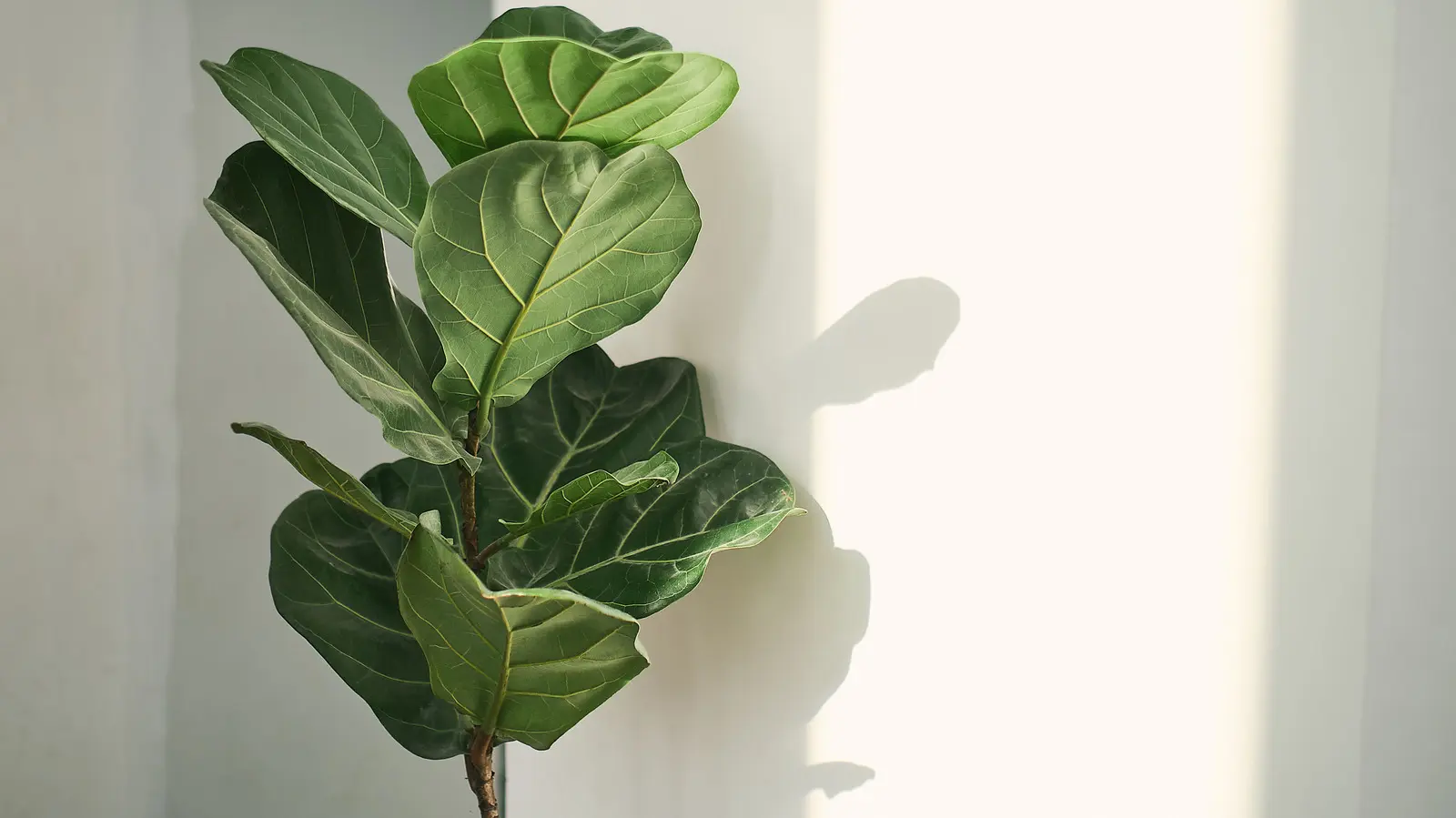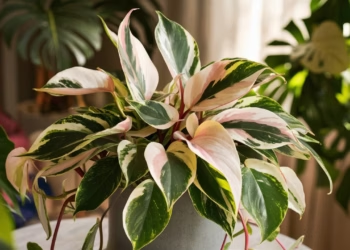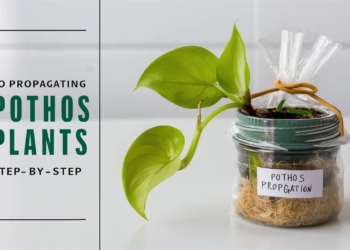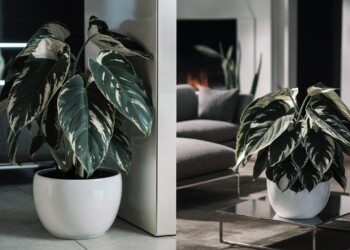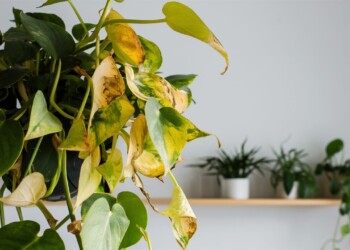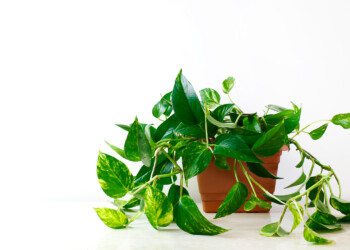So, you’ve brought home a fiddle fig plant, huh? Congrats! You’re about to embark on a journey filled with lush green leaves, a touch of drama, and maybe a few challenges. But fear not, fellow plant parent! With the right care and a sprinkle of love, your fiddle fig will be the envy of all your friends. In this comprehensive guide, we’re diving deep into fiddle fig plant care: EVERYTHING you need to know about care!
Table Of Contents
Getting to Know Your Fiddle Fig
Before we dive into the nitty-gritty of fiddle fig plant care: EVERYTHING you need to know about care, let’s take a moment to get acquainted with this fabulous foliage.
What is a Fiddle Fig Plant?
The fiddle fig, scientifically known as Ficus lyrata, is a popular species of fig tree native to western Africa. Its striking violin-shaped leaves have made it a favorite among interior designers and plant enthusiasts alike.
Why Choose a Fiddle Fig Plant?
- Adds a touch of elegance to any space.
- Purifies the air by removing toxins like formaldehyde.
- Creates a statement focal point in your home or office.
- Can grow into a majestic indoor tree with proper care.
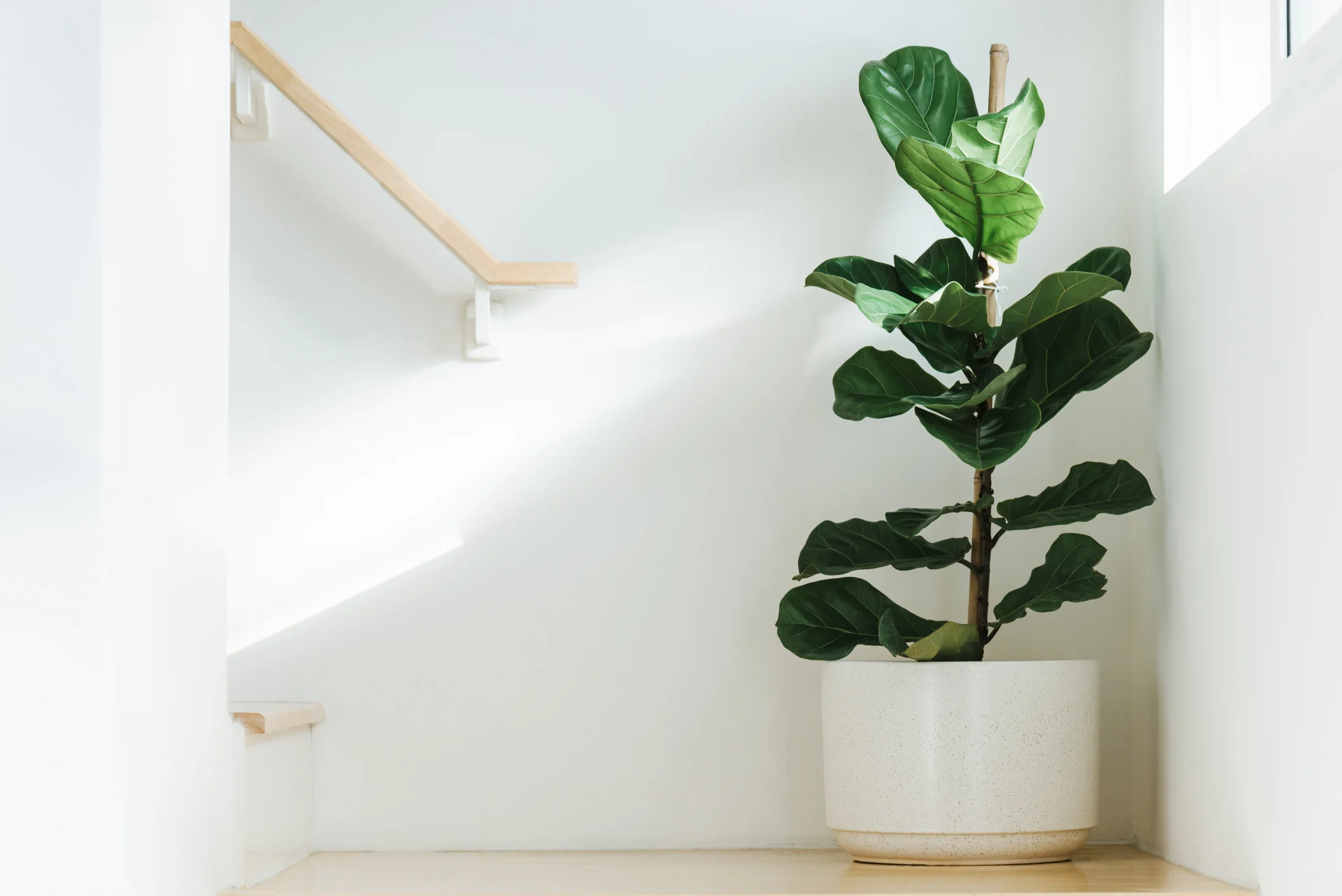
Fiddle Fig Plant Care: A Complete Guide
1. Light: Fiddle Leaf Fig sunlight
How Much Light Does a Fiddle Fig Need?
Fiddle figs love basking in bright, indirect sunlight. Here’s the lowdown on lighting:
- Place your plant near a north-facing window for optimal light exposure.
- Avoid direct sunlight, as it can scorch the delicate leaves.
- Rotate your fiddle fig periodically to ensure even growth.
- A steadfast location is paramount, as frequent relocation disrupts its equilibrium.
What If I Don’t Have Enough Light?
Not to worry! Fiddle figs are adaptable. Here are some tips:
- Invest in a grow light to supplement natural light.
- Consider placing your plant near a sheer curtain to filter sunlight.
- Avoid dark corners or rooms with minimal natural light.
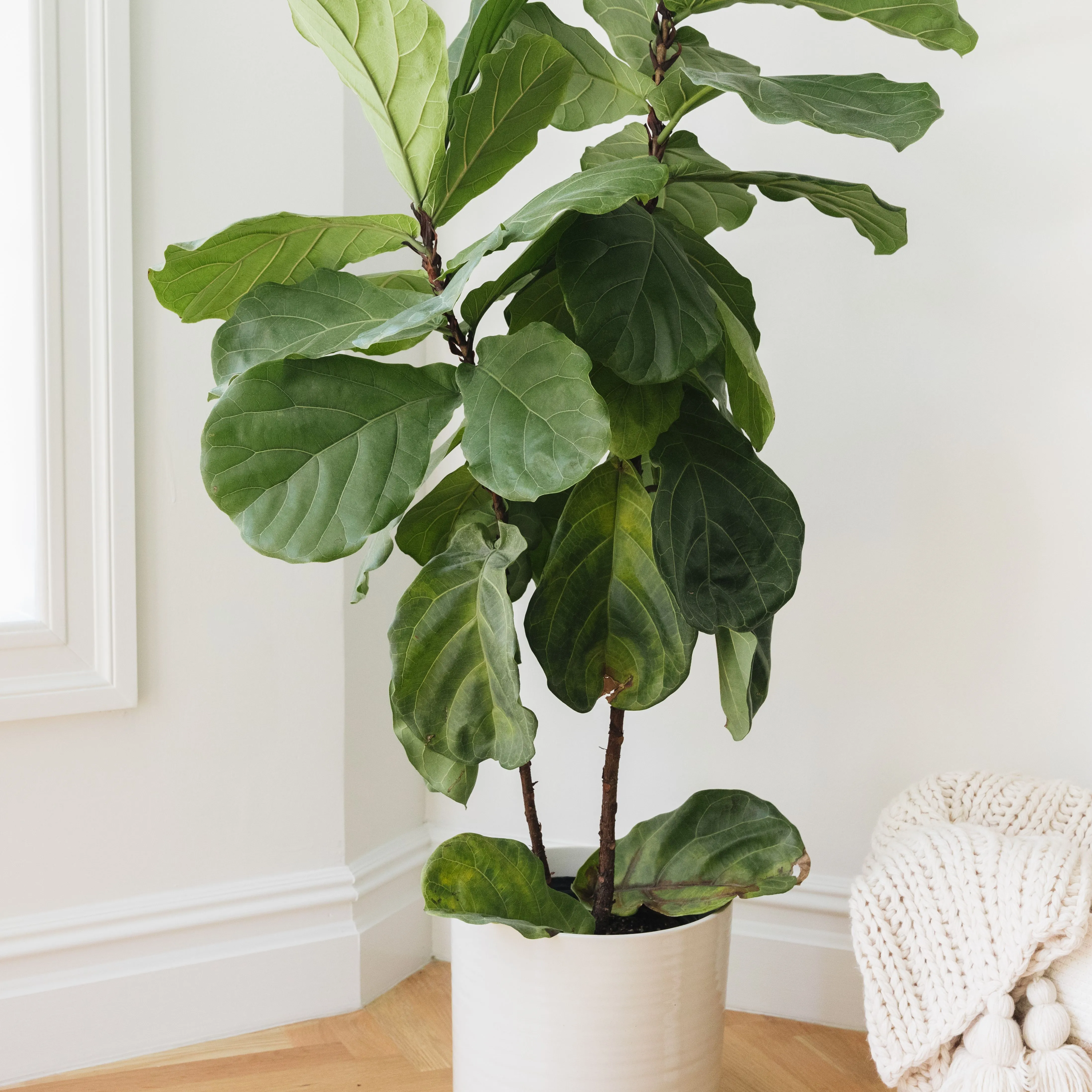
2. Water: Hydration Station
How Often Should I Water My Fiddle Fig?
Ah, the age-old question! Finding the right balance is key:
- Water your fiddle fig when the top 2-3 inches of soil feels dry to the touch.
- Use room temperature water to prevent shocking the roots.
- Avoid overwatering, as it can lead to root rot.
What’s the Best Watering Technique?
Mastering the art of watering is crucial:
- Water your plant evenly around the base, ensuring thorough saturation.
- Allow excess water to drain from the pot to prevent soggy soil.
- Consider using a moisture meter for precise watering.
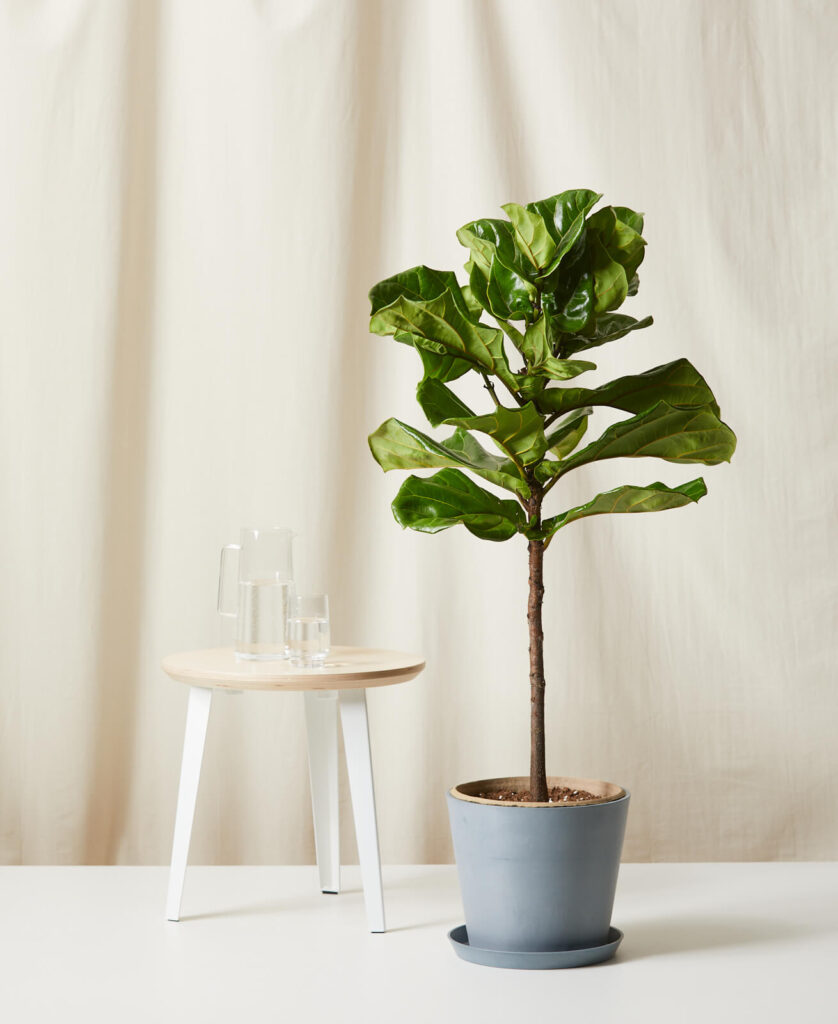
3. Soil: The Foundation of Healthy Growth
What Type of Soil Does a Fiddle Fig Prefer?
Choosing the right soil is paramount to your plant’s success:
- Opt for a well-draining potting mix with plenty of perlite or sand.
- Avoid heavy soils that retain moisture, as they can lead to root rot.
- Consider adding organic matter like compost for added nutrients.
How Often Should I Repot My Fiddle Fig?
Knowing when to repot is key to promoting healthy growth:
- Repot your fiddle fig every 1-2 years or when it outgrows its current pot.
- Choose a slightly larger container with ample drainage holes.
- Refresh the soil during repotting to replenish nutrients.
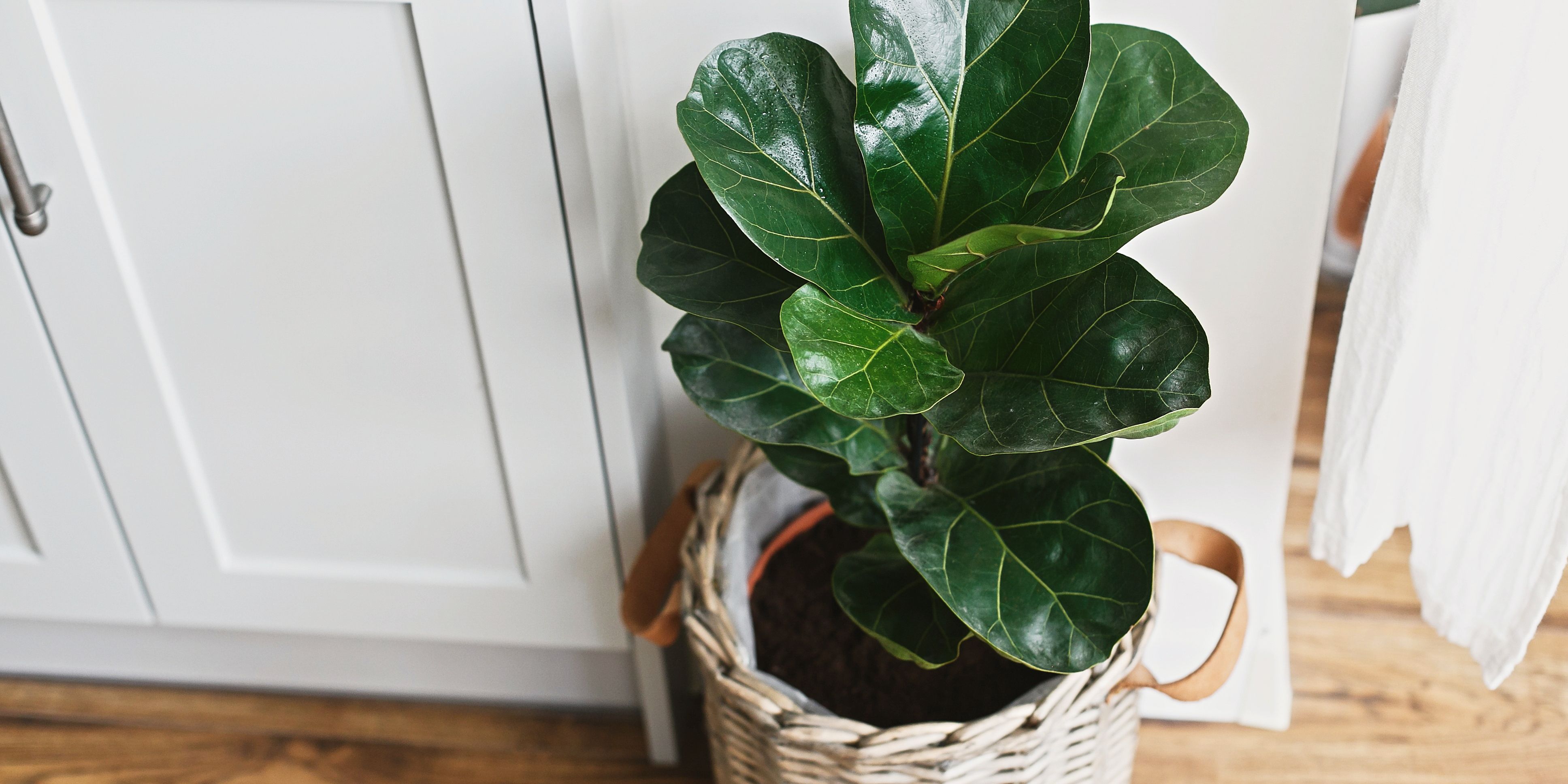
4. Temperature and Humidity: Keepin’ It Cozy
What’s the Ideal Temperature for a Fiddle Fig?
Maintaining the right temperature is essential for a happy plant:
- Keep your fiddle fig in a room with temperatures between 65-75°F (18-24°C).
- Avoid sudden temperature fluctuations, which can stress the plant.
How Do I Ensure Adequate Humidity?
Humidity matters, especially for tropical plants like the fiddle fig:
- Grouping plants together can create a microclimate with higher humidity.
- Mist your fiddle fig’s leaves occasionally to mimic its natural habitat.
- Invest in a humidifier for consistent humidity levels, especially in dry climates.
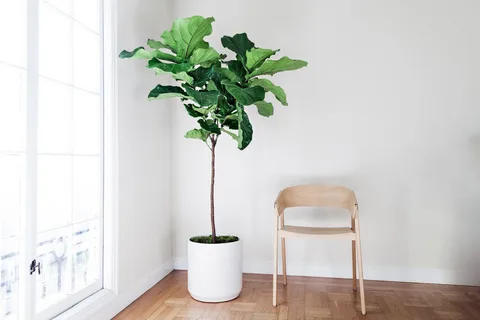
5. Fertilizer: Feed Me, Seymour!
When Should I Fertilize My Fiddle Fig?
Give your fiddle fig a nutrient boost during the growing season:
- Fertilize your plant monthly during spring and summer with a balanced liquid fertilizer.
- Dilute the fertilizer to half strength to prevent burning the roots.
- Hold off on fertilizing during the fall and winter when growth slows down.
Any Fertilizer Tips and Tricks?
Maximize the benefits of fertilizing with these handy tips:
- Apply fertilizer to damp soil to prevent root burn.
- Always follow the recommended dosage on the fertilizer label.
- Consider using a slow-release fertilizer for long-lasting nourishment.
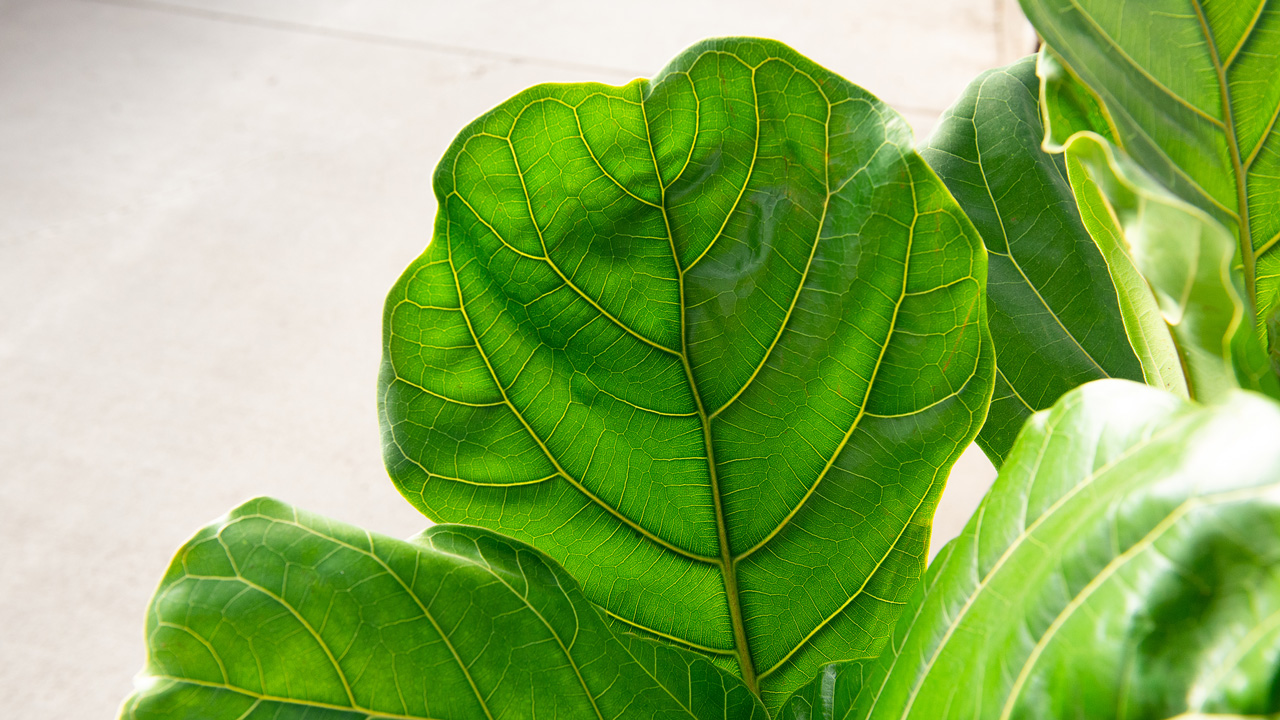
And there you have it, folks! A comprehensive guide to fiddle fig plant care: EVERYTHING you need to know about care to keep your leafy companion thriving. Remember, every plant parent encounters challenges along the way, but with patience, love, and a little know-how, you’ll be a fiddle fig pro in no time. So go ahead, unleash your inner green thumb and watch your fiddle fig flourish!
FAQs
Do fiddle leaf figs need direct sunlight?
Fiddle leaf figs prefer bright, indirect sunlight. While they can tolerate some direct sunlight, too much direct sunlight can scorch their leaves. Place them near a window where they can receive plenty of filtered sunlight throughout the day.
How do you keep a fiddle leaf fig happy?
To keep a fiddle leaf fig happy, ensure it receives:
- Adequate bright, indirect sunlight.
- Consistent watering, allowing the top inch of soil to dry out between waterings.
- Well-draining soil mix rich in organic matter.
- Regular cleaning of leaves to prevent dust buildup.
- Proper humidity levels, which can be increased with a humidifier or by misting the leaves.
- Occasional feeding with a balanced liquid fertilizer during the growing season (spring and summer).
How do you care for a fiddle leaf fig plant indoors?
Indoors, care for a fiddle leaf fig by:
- Placing it in a spot with bright, indirect sunlight.
- Watering when the top inch of soil is dry.
- Using a well-draining potting mix.
- Cleaning the leaves regularly.
- Providing occasional feeding with a balanced fertilizer during the growing season.
- Monitoring for signs of pests or disease and addressing them promptly.
Do fiddle leaf figs smell?
Fiddle leaf figs do not have a noticeable scent. However, like many plants, they may emit a mild, earthy aroma from the soil or leaves, especially when they are actively growing.
What does a healthy fiddle fig look like?
A healthy fiddle leaf fig typically has:
- Large, glossy leaves without brown spots or yellowing.
- Strong, upright growth with no signs of drooping or wilting.
- New growth emerging from the top of the plant or along the stems.
- No signs of pests or diseases.
How often should you water fiddle leaf fig?
Water your fiddle leaf fig when the top inch of soil feels dry to the touch. This usually means watering every 1-2 weeks, but the frequency can vary depending on factors like light, temperature, humidity, and the size of the pot. Always check the soil moisture before watering to avoid overwatering, which can lead to root rot.
